

|
|
|


|
Tamiya Mercedes-Benz Unimog 406 Series U900 - RTR - 23661 (Radio Controlled Model Review)1/10 Scale Electric Rock Crawler - CR-01 Chassis:
Released by Tamiya on December 17, 2008, the Mercedes-Benz Unimog 406 Series U900 (# 23661) was the Factory Finished, Limited Edition, RTR version of the Mercedes-Benz Unimog 406 Series U900 kit (#58414), based on the 4WD CR-01 Rock Crawler Chassis.
▼ Scroll Down for More Images ▼
Rating: 4
|








|
|
|

|
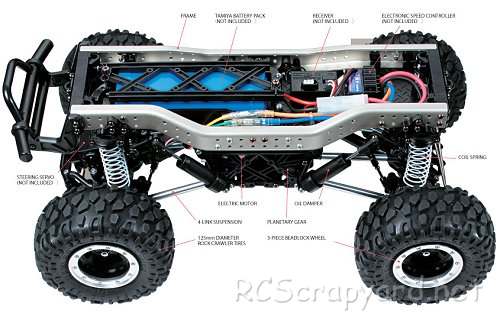
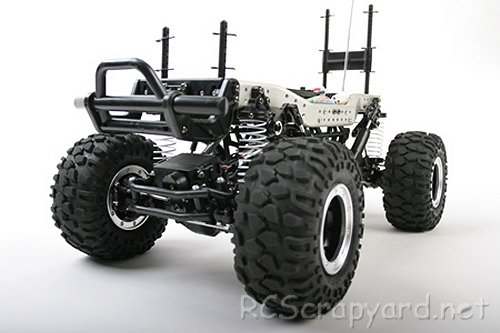
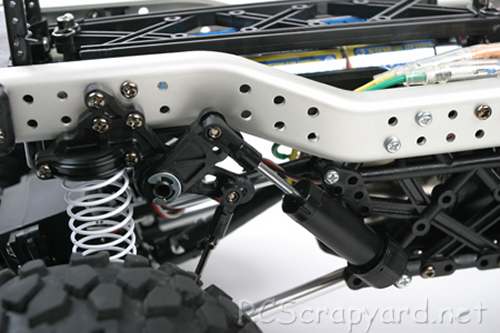
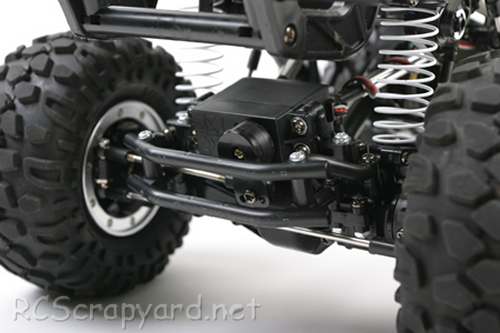
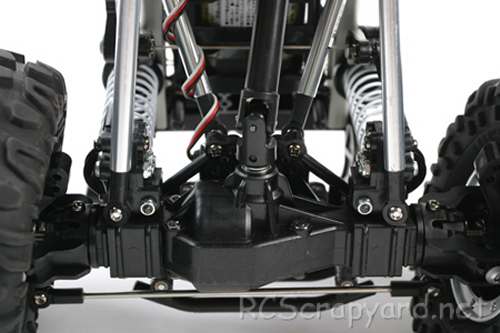
Buying a Used Tamiya Rock Crawler (and What to look for)
Make a General Visual Inspection
Check the Body-Shell
If the body shell of your Rock Crawler is broken, ripped or damaged in any way, this can be easily repaired with rubber solution glue. Also, for added protection and if available for your model, fit an under guard to stop dirt and gravel entering the chassis. Drive Shafts and Turnbuckles
Examine the Drive System
The gearbox of your used Rock Crawler should be opened up to check for damaged gears and wear. If there is excessive backlash in the gearing, these should be replaced. A thin coat of grease on the gears is enough to allow smooth operation and reduce further wear. Pinions and Spur Gears
Steering Servo and Servo-Saver
Don't Forget those Bearings
|









|






|
|
|
|
Hints, Tips and Information
Choosing a Transmitter
When you first started in RC, you may have purchased a package that came with the car kit, motor, battery, charger, ESC and radio system complete. The transmitter was probably just a basic steer wheel, or stick type, with nothing more than forward, reverse, left, right and simple trim settings to centralise the servo and ESC. |
|
Hints, Tips and Information
Wings
When you think of the Wing or the spoiler on any RC model car, you immediately think of down-force, but which wing is best for your model and what setting should it have? |
|
RC Models:
|
Radio & Motors: |
Other
Accessories: |